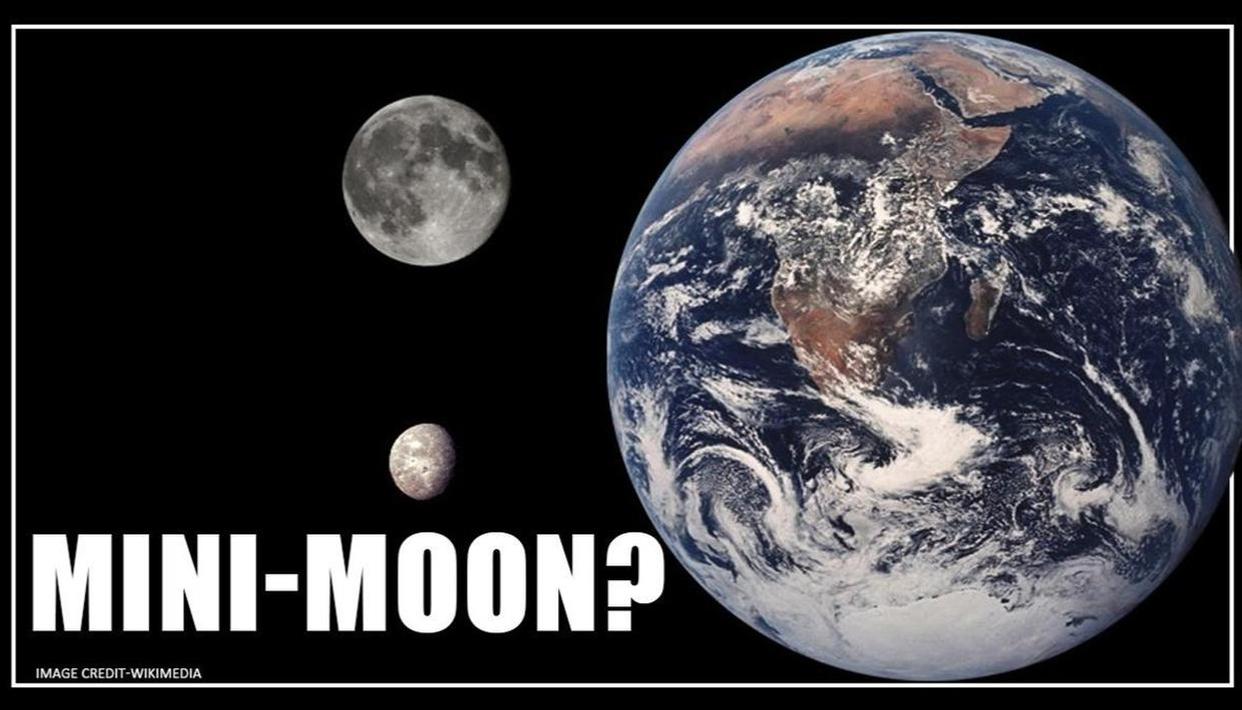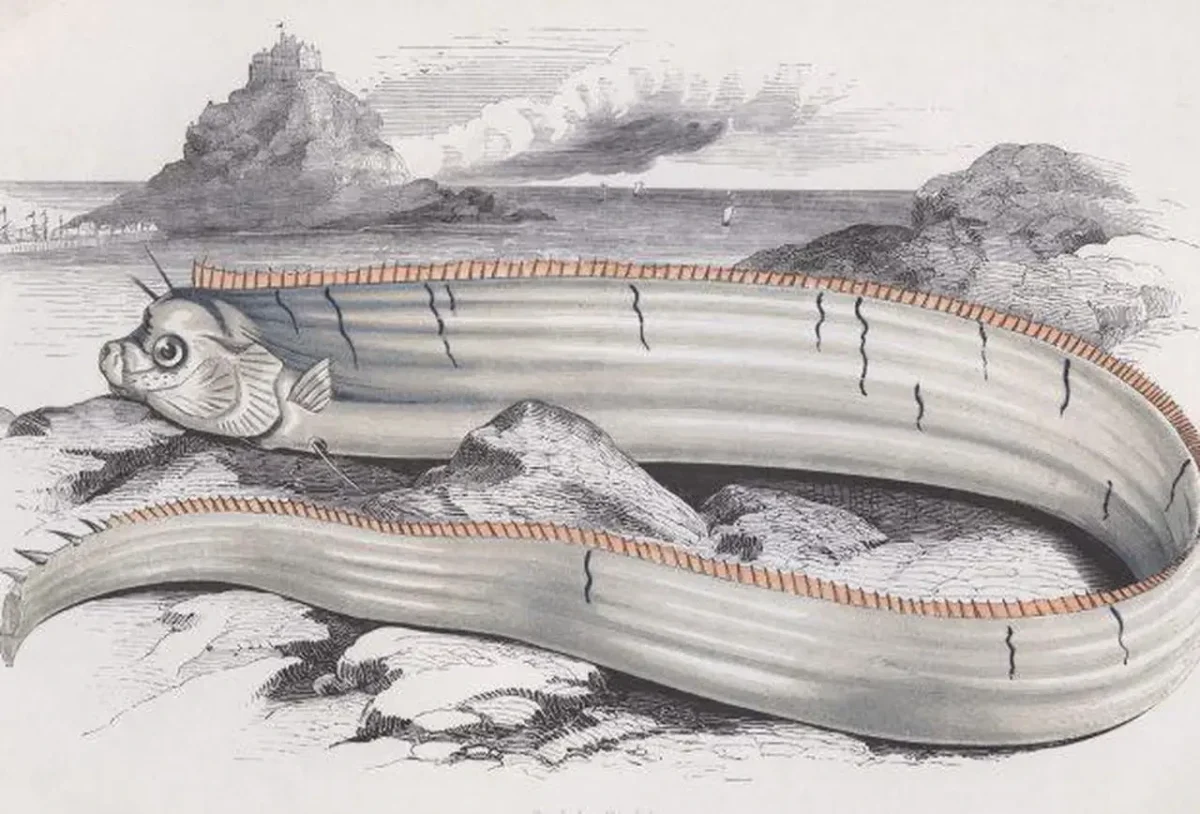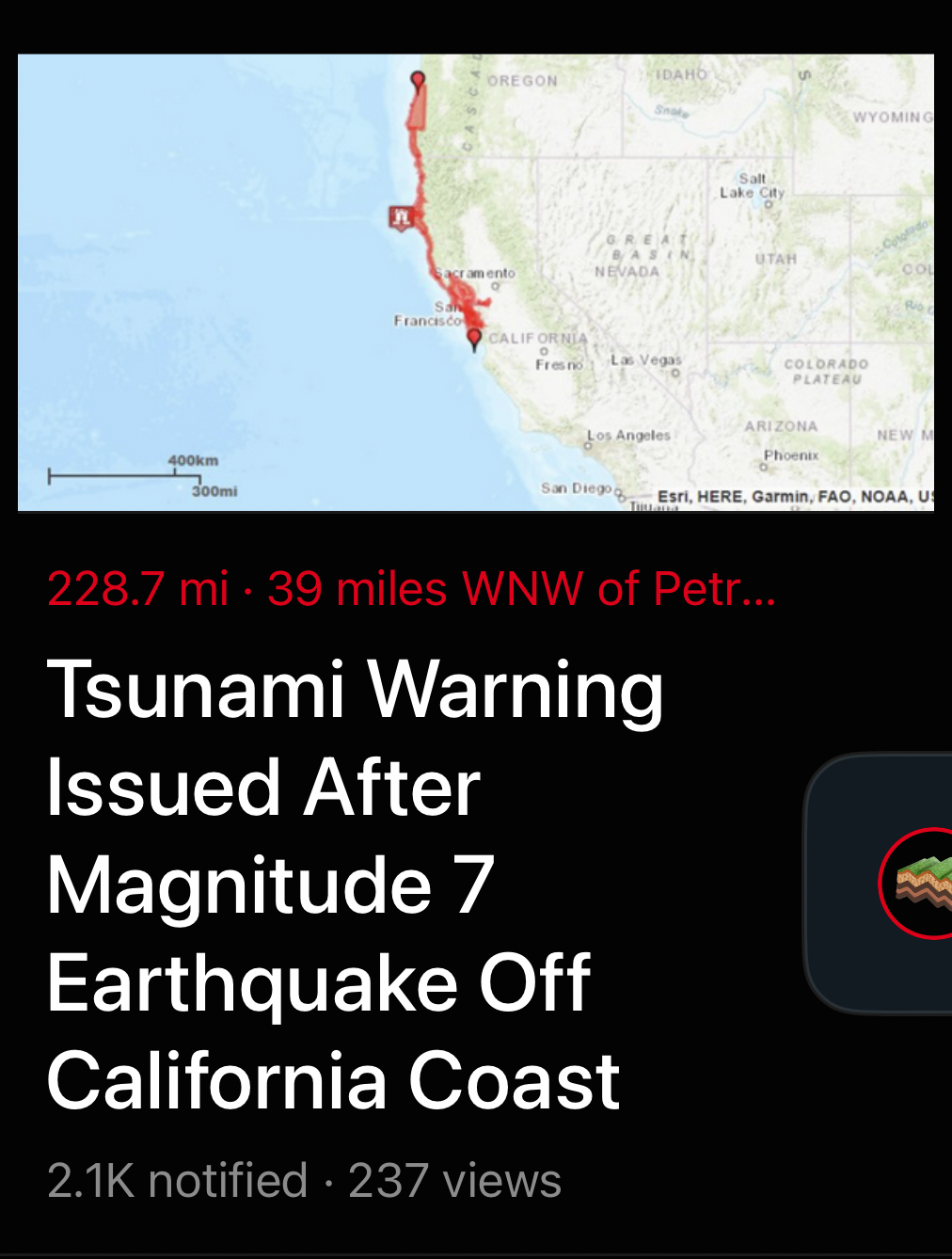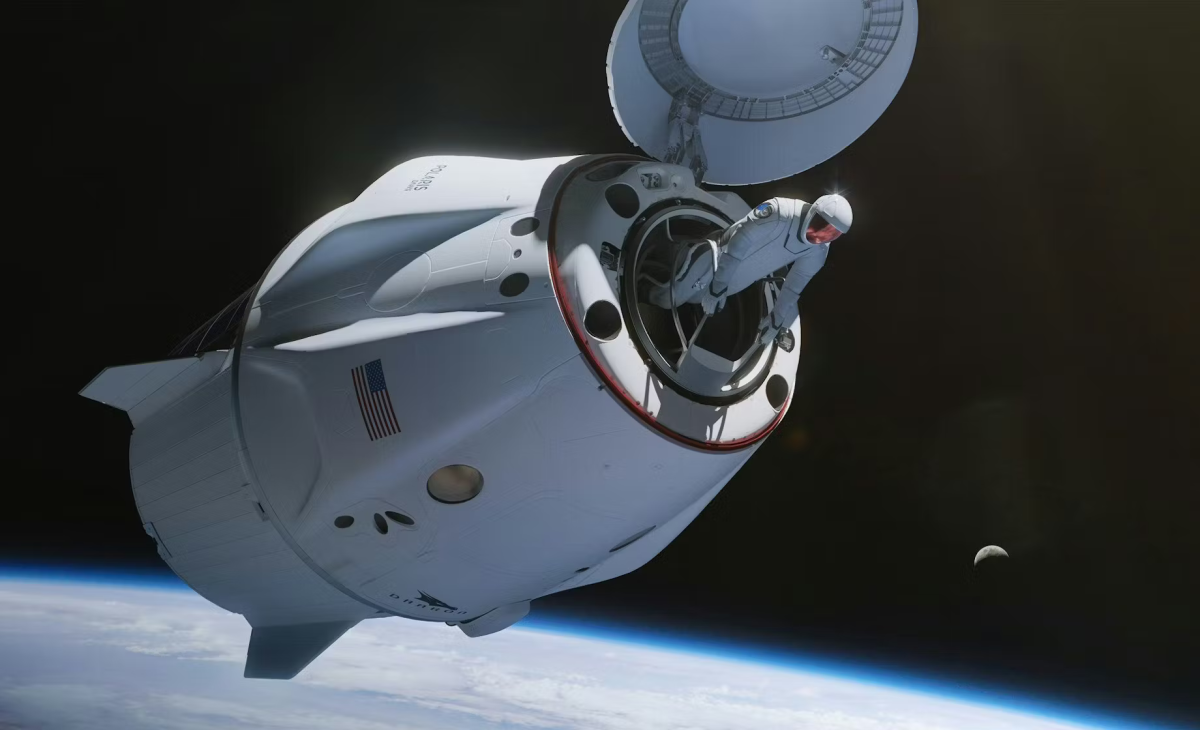Common knowledge dictated that the Earth had a single relationship with its one and only iconic natural satellite, none other than the Moon. However, because of increased astronomical technology and observation, astronomers discovered that this unique relationship may have had a recent natural interloper.
On Feb. 15, astronomers Kacper Wierzchos and Theodore Pruyne of the Catalina Sky Survey in Arizona discovered an object using the Mount Lemmon Observatory that did not match anything kept in astronomical records. After submitting it to the International Astronomical Union’s Minor Planet Center (MCP) and conducting follow- up observations, it was revealed on Feb. 25 that the object was captured into Earth’s orbit three years ago, making it another satellite of the Earth.
However, most astronomers hold back from calling it a full- fledged moon. On astronomical scales, the object, named 2020 CB3, is extremely small. According to earthsky.org, scientists estimate its diameter to be 6 to 12 feet, or around 1.5 to 3.9 meters, about the size of a car, giving it the designation of “minimoon.” Its small size and dimness make it visible only to the most powerful telescopes.
Secondly, because of its incredibly small size, astronomers are having trouble definitively identifying whether it is an asteroid or man made object, but most agree it is of natural origin.
As Physics teacher Tony Dunn ‘82 pointed out, “2020 CD3 was actually discovered a few weeks before being reported in the media. Astronomers were debating whether or not it was an actual asteroid, or space junk left over from a space mission.”
Weirchoz told the Atlantic that its orbit does not match that of any known man-made object according to the records of the MCP. However, to be sure of the object’s origin, scientists observed its density.
Dunn explained, “Real asteroids are much more dense than space junk. Space junk is easily pushed around by solar radiation pressure, while asteroids are not.”
The object does not seem easily influenced by solar radiation, suggesting it has the density of an asteroid rather than space junk.
However, astronomers are still erring on the side of caution, as Weirchoz told space.com, “The possibility it is artificial still exists, so I am trying to be cautious with every statement.”
It’s stay is only temporary, Dunn explained. “Unfortunately, 2020 CD3 was discovered only a few months before it will escape orbit. Had it been observed shortly after capture, we would have had years to make detailed observations.”
2020 CD3 is only in Earth’s orbit temporarily because of its chaotic orbit due to the pulling forces of both the Earth and Moon. Astronomers estimated that 2020 CD3 would leave Earth’s orbit and return to orbiting the Sun in April, and it did so on May 6.
Tracking the retreating object’s orbit is a difficult task that requires multiple observations over a course of days for accuracy. Using his program and the observations made by astronomers, Dunn was able to map out an accurate orbit of the new mini-moon.
“My orbit simulator uses data provided by several sources: the Minor Planet Center, Jet Propulsion Laboratory, and Project Pluto, to construct position and velocity vectors in 3-dimensional space. It then uses Newton’s laws of motion and gravity to advance these vectors into future or past positions, thus mapping out entire orbits.”
Wierzchos used Dunn’s orbit simulator in a tweet after the announcement of the discovery.
This will be only the second time an asteroid was discovered in Earth’s orbit. The first mini- moon was discovered in 2006, also by the Catalina Sky Survey. Labeled 2006 RH120, it stayed in orbit until June of 2007.
Both 2006 RH120 and 2020 CD3 are expected to swing by Earth again. 2006 RH120 makes close approaches to Earth every 20 years, where it has the potential to be recaptured. Bill Gray, creator of the Guide astrometry software used to track Near-Earth Objects, tells the Atlantic that our new planetary interloper will return back to Earth in 2044, but will most likely not be recaptured until the far future.
However, these discoveries open up the possibility of many more Temporary Captured Objects evading our detection, according to Dunn. “It is theorized that at any given time, Earth may have several minimoons, but they’re very small, and they spend most of their time hundreds of thousands of kilometers from Earth. Therefore they go undiscovered.”
Spotting these objects is no easy task. The Catalina Sky Survey team hopes that with advancements in technology these mini moons and Near-Earth Objects will be discovered more frequently as countless numbers may be evading our view.
However, the implications of the elusive mini-moons introduce mysteries and hypotheses for the solar system. One such mystery is their origin. Dunn argues they may occasionally impact with the Earth because of their similar orbits and close proximity, slowly depleting their abundance.
“Is something replenishing the supply of asteroids capable of being captured into Earth’s orbit? Some astronomers hypothesize it may be Lunar ejecta. The Moon gets hit by asteroids, as evidenced by all its craters. Ejecta from these collisions will have Earth- like orbits around the Sun.”
For now, we can appreciate our one and only completely visible iconic moon, and celebrate it for lighting up the night sky.








